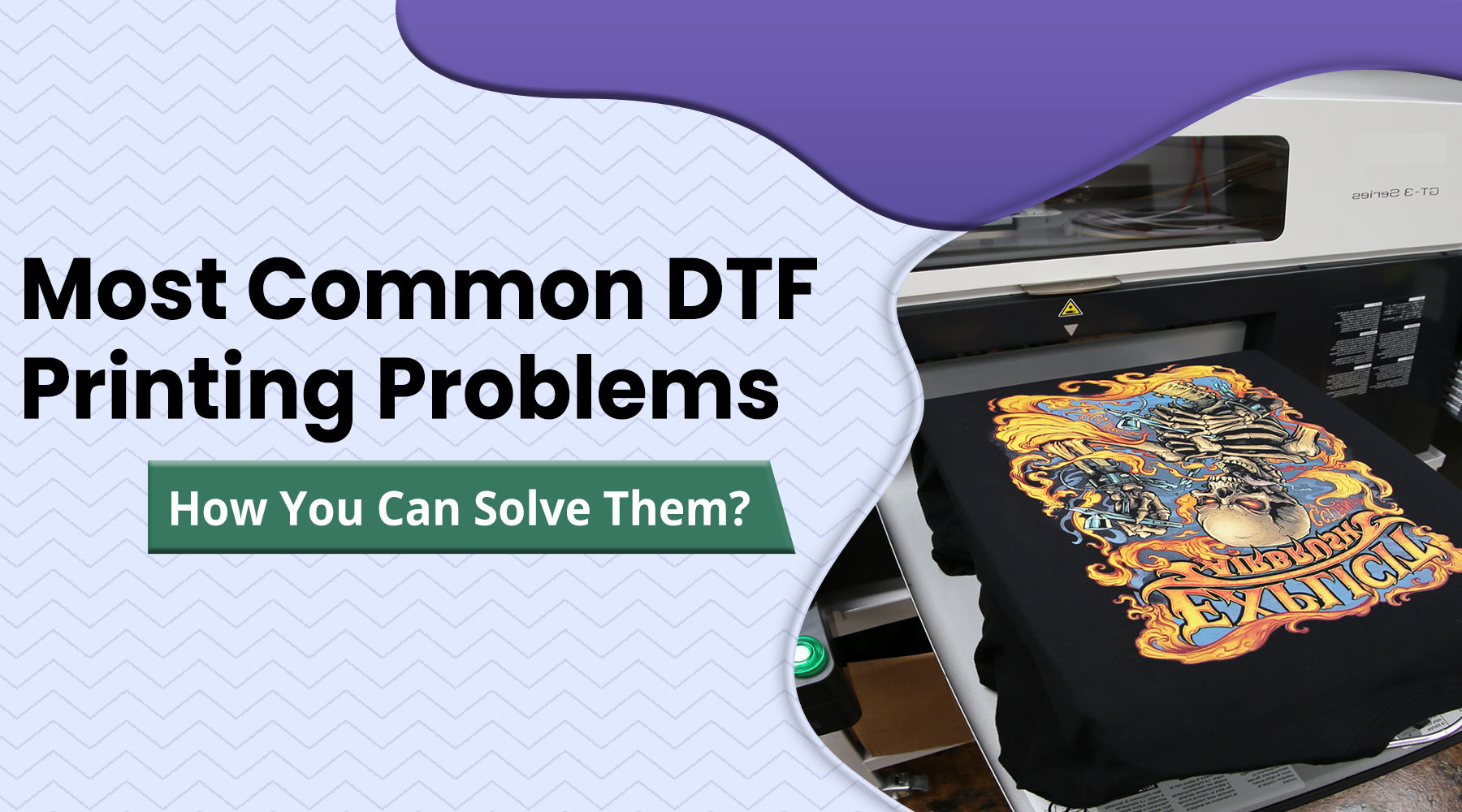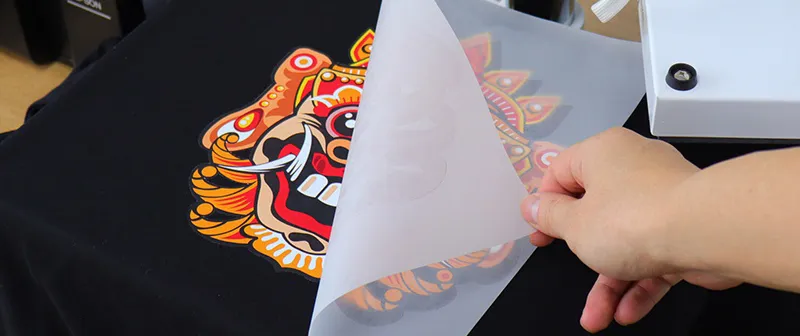Mastering DTF Printing: Advice for Getting Vibrant and Long Lasting Prints
In the world of textile printing, accomplishing durable and vibrant prints is a coveted skill that can raise the top quality of your outcome. From picking the ideal materials to fine-tuning print settings and improving post-printing completing techniques, there are many aspects that can influence the end result of your prints.

DTF Printing Fundamentals
For those new to the world of fabric printing, recognizing the fundamentals of DTF printing is vital to mastering this innovative technique. Straight to Film (DTF) printing is a contemporary method that includes moving designs from an unique film onto various textiles using a warm press. Unlike traditional methods like display printing, DTF supplies advantages such as lively colors, detailed outlining, and the capability to publish on diverse materials like cotton, polyester, and blends.
The process begins by printing the layout on an unique DTF movie making use of a compatible printer with CMYK or CMYKW ink sets. As soon as the design is published, it is then treated with a warm press to create a durable and durable print. DTF printing is recognized for its capacity to replicate intricate designs with high accuracy and shade precision, making it a preferred selection for businesses seeking to create custom apparel, marketing items, and much more.
Choosing the Right Materials

The sticky powder acts as a bonding agent between the printed design and the fabric, so it should have strong attachment properties to ensure a sturdy and durable transfer. By thoroughly choosing the appropriate products for DTF printing, printers can boost the top quality, vibrancy, and durability of their prints.
Enhancing Publish Setups
When intending to accomplish the best outcomes in DTF printing, precise interest to maximizing print setups is important for making sure specific and top quality transfers onto fabrics. One key aspect to think about when enhancing print setups is the resolution.
An additional vital setup to maximize is the print rate. Locating the right balance in between rate and top quality is essential. While enhancing the speed can enhance effectiveness, it might endanger the last print's clarity and color saturation. Try out various speeds and observing the results can help identify the optimum setup for each print task - DTF Printing.
In addition, make improvements shade accounts and making sure correct shade administration are necessary for attaining exact and consistent colors across different prints. By calibrating shade setups and accounts, printers can decrease shade deviations and create consistent outcomes, boosting the general check it out print top quality and client complete satisfaction.
Preparing Art Work for DTF Printing
Convert the art work to CMYK shade setting to ensure that the colors equate properly from display to print. Remember to mirror the final layout prior to publishing to ensure that it transfers properly onto the garment. By adhering to these steps and paying close interest to the information, you can prepare art work that is optimized for dynamic and sturdy DTF prints.
Post-Printing Finishing Methods
Implementing effective post-printing completing methods is crucial to improving the toughness and aesthetic appeal of DTF prints on fabrics. When the printing procedure is complete, using heat to the printed design is necessary (DTF Printing). Warmth not just aids in treating the ink but likewise guarantees that the colors are durable and vivid. A warm press maker evaluated the suggested temperature level and pressure settings can help achieve ideal results.
After warm pressing, removing the PET film see this here thoroughly is an important action. This procedure should be done gradually and continuously to avoid any kind of damage to the print. Once the film is gotten rid of, the print might require additional curing time to better establish the ink into the textile. This step helps enhance the washability and resilience of the print, guaranteeing it can stand up to multiple clean cycles without fading or fracturing.
In addition, cutting any excess movie around the style can give the final print a expert and tidy appearance. Making the effort to properly end up DTF prints post-printing can substantially affect the overall top visit their website quality and longevity of the fabric design.

Final Thought
Finally, mastering DTF printing requires an extensive understanding of the fundamentals, choosing ideal products, enhancing print setups, preparing art work successfully, and using post-printing ending up strategies. By following these methods and pointers, one can achieve long lasting and lively prints that fulfill their wanted top quality criteria. Regular technique and attention to detail are vital in attaining effective end results in DTF printing.
From picking the best products to adjust print setups and developing post-printing completing methods, there are many aspects that can affect the result of your prints. Unlike standard techniques like screen printing, DTF provides advantages such as vibrant shades, detailed outlining, and the capability to print on diverse products like cotton, polyester, and blends.
Once the design is published, it is after that healed with a warmth press to develop a long-lasting and durable print.When aiming to accomplish the finest outcomes in DTF printing, careful focus to maximizing print setups is essential for making sure premium and accurate transfers onto textiles.In conclusion, grasping DTF printing requires a complete understanding of the basics, selecting suitable materials, optimizing print setups, preparing art work properly, and making use of post-printing finishing techniques.